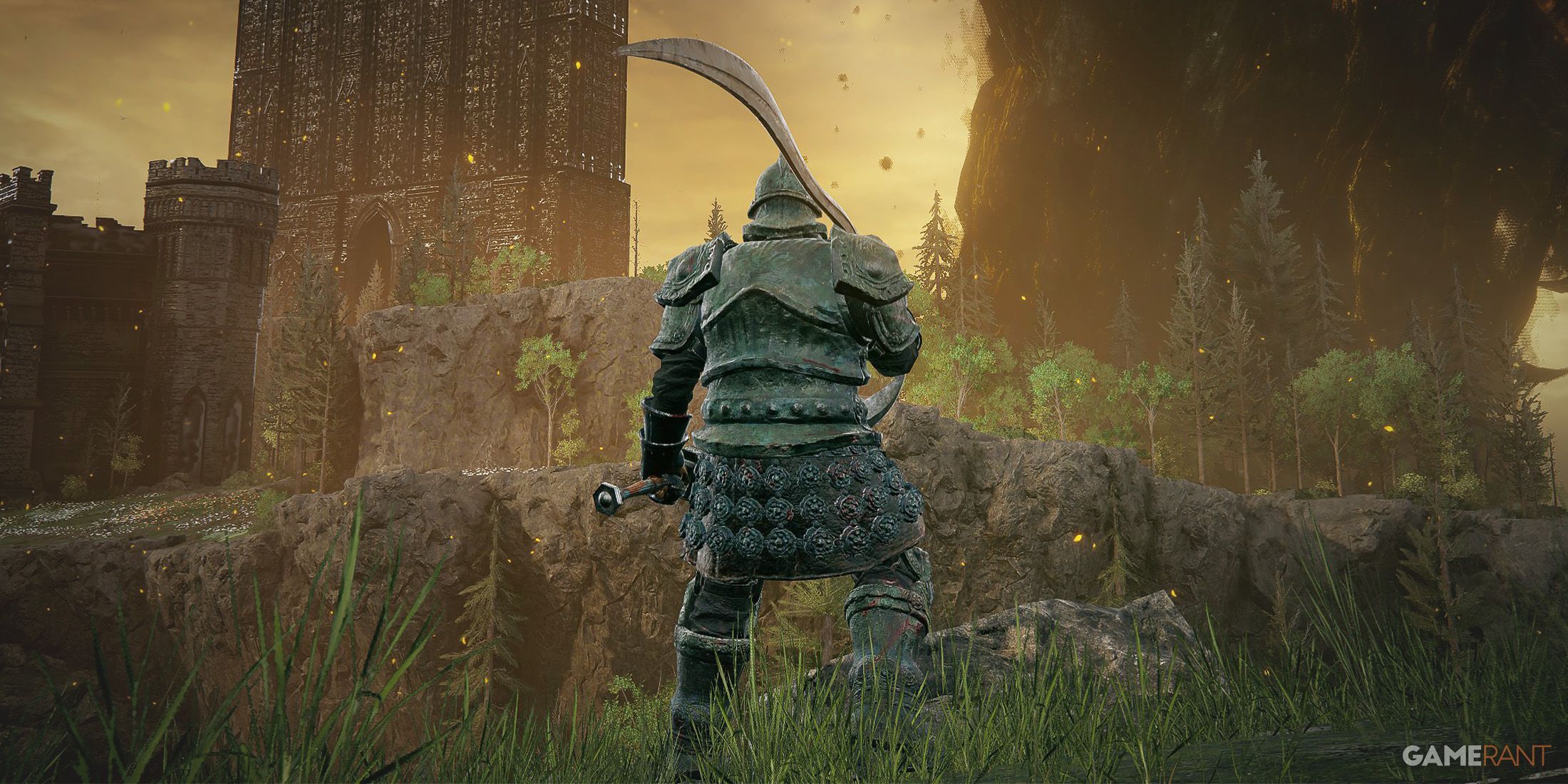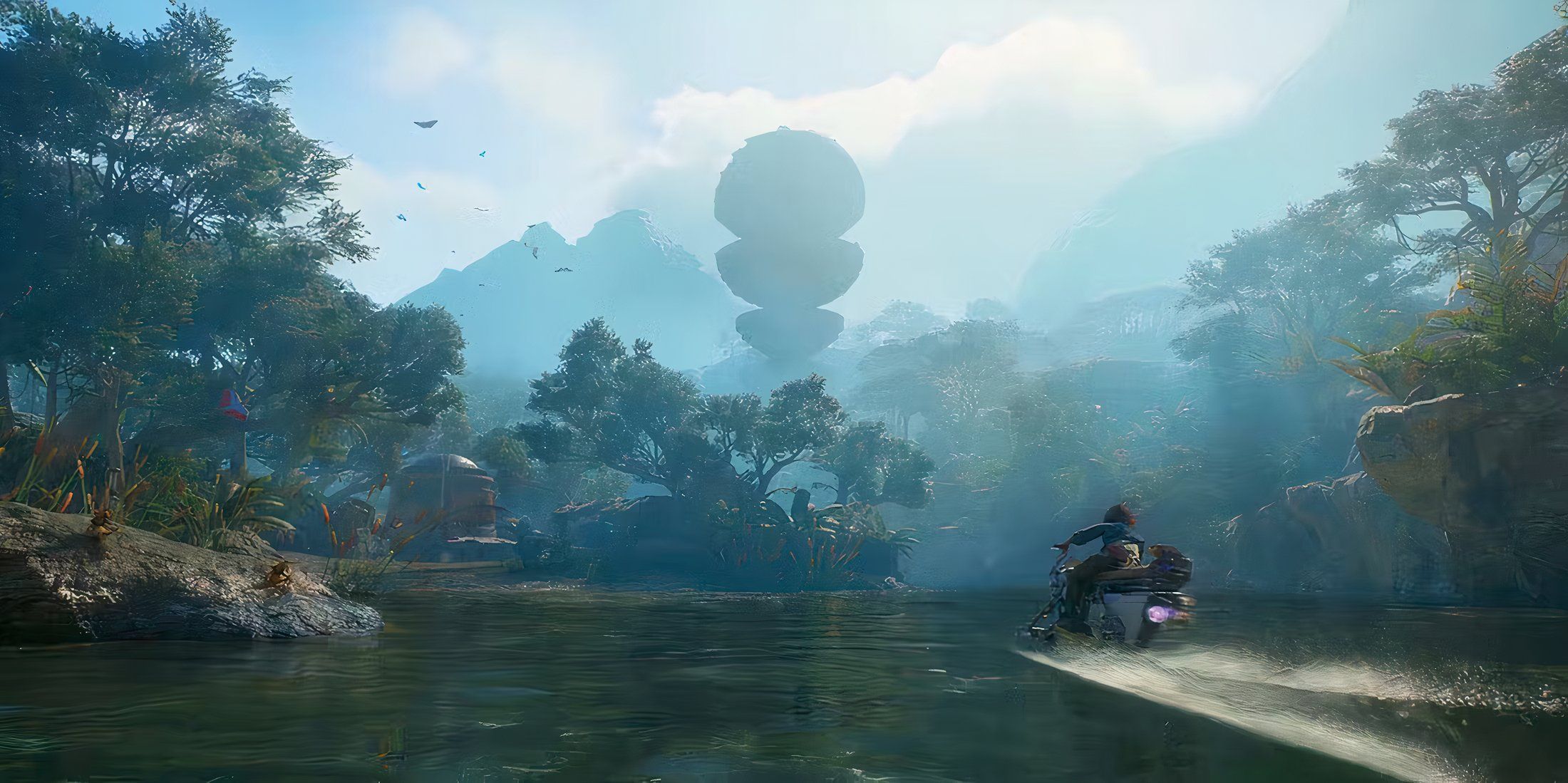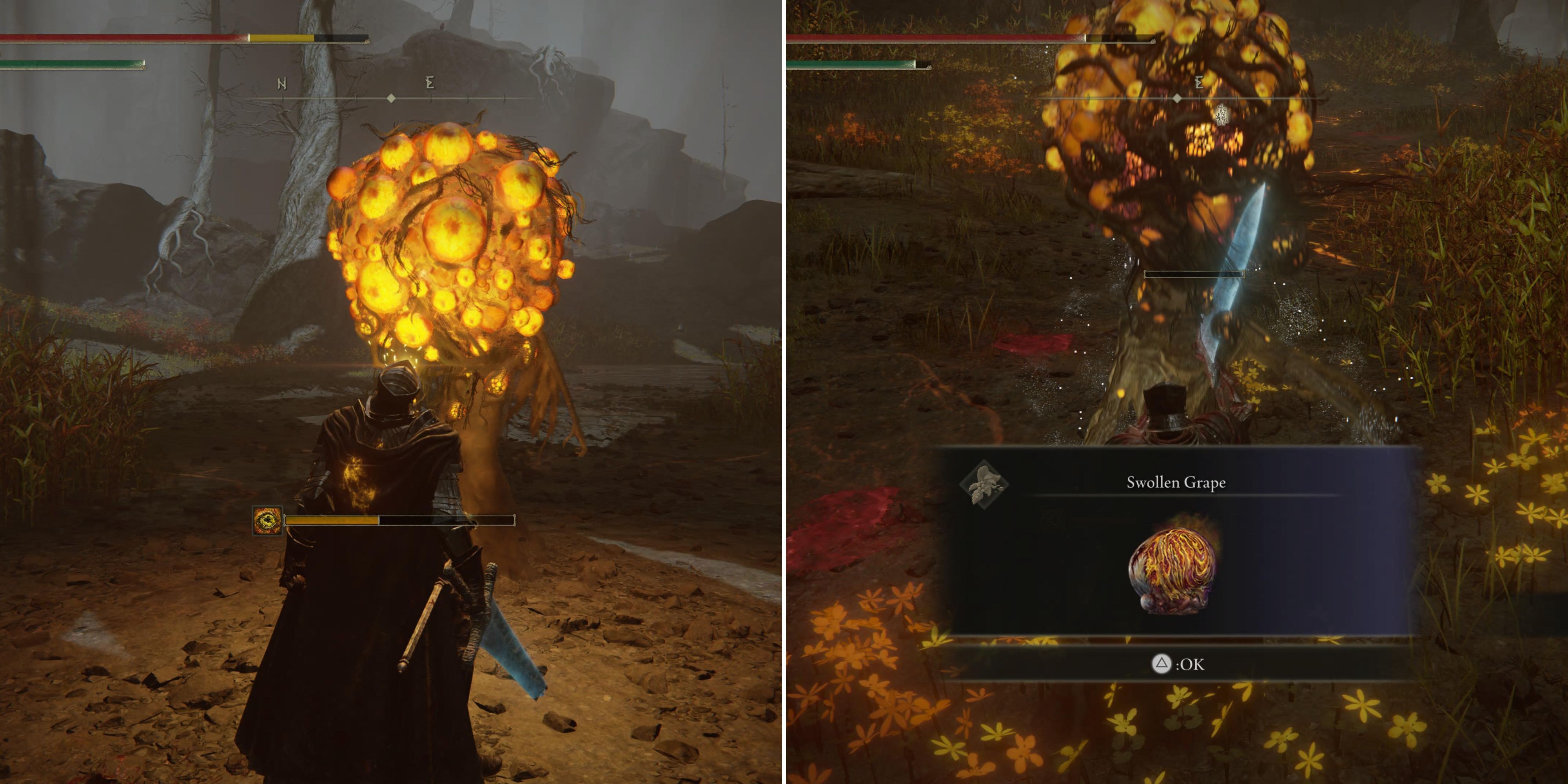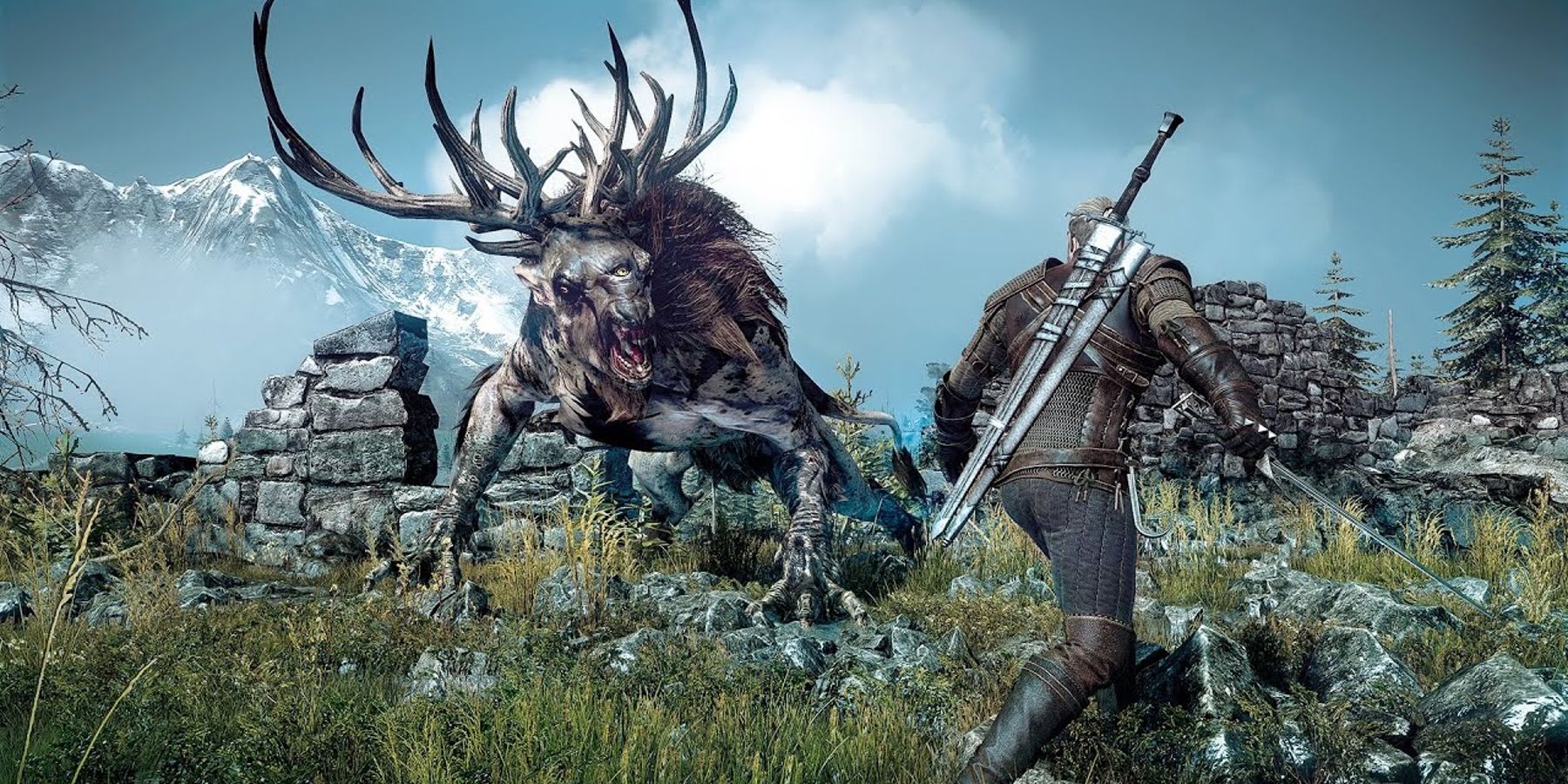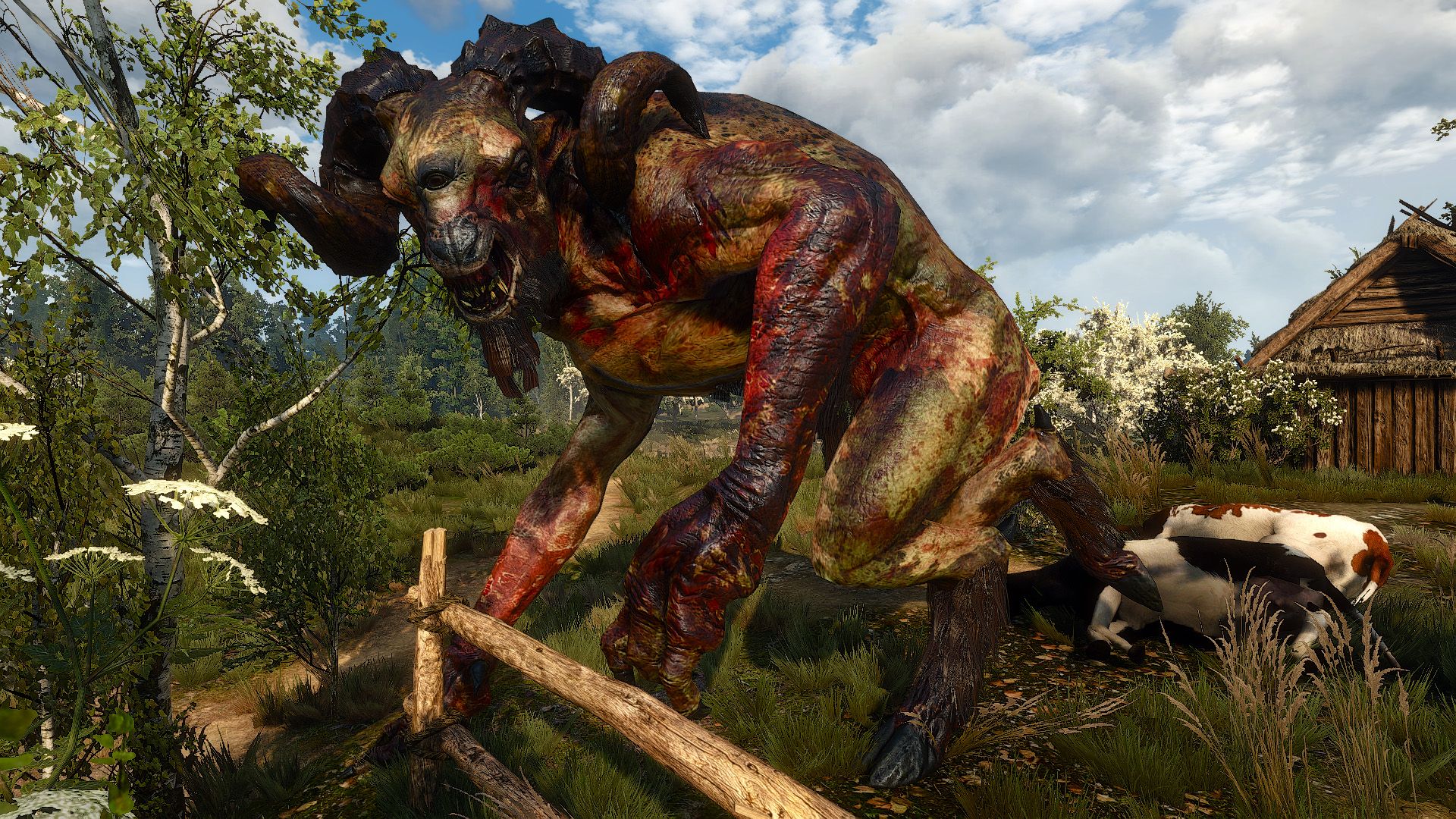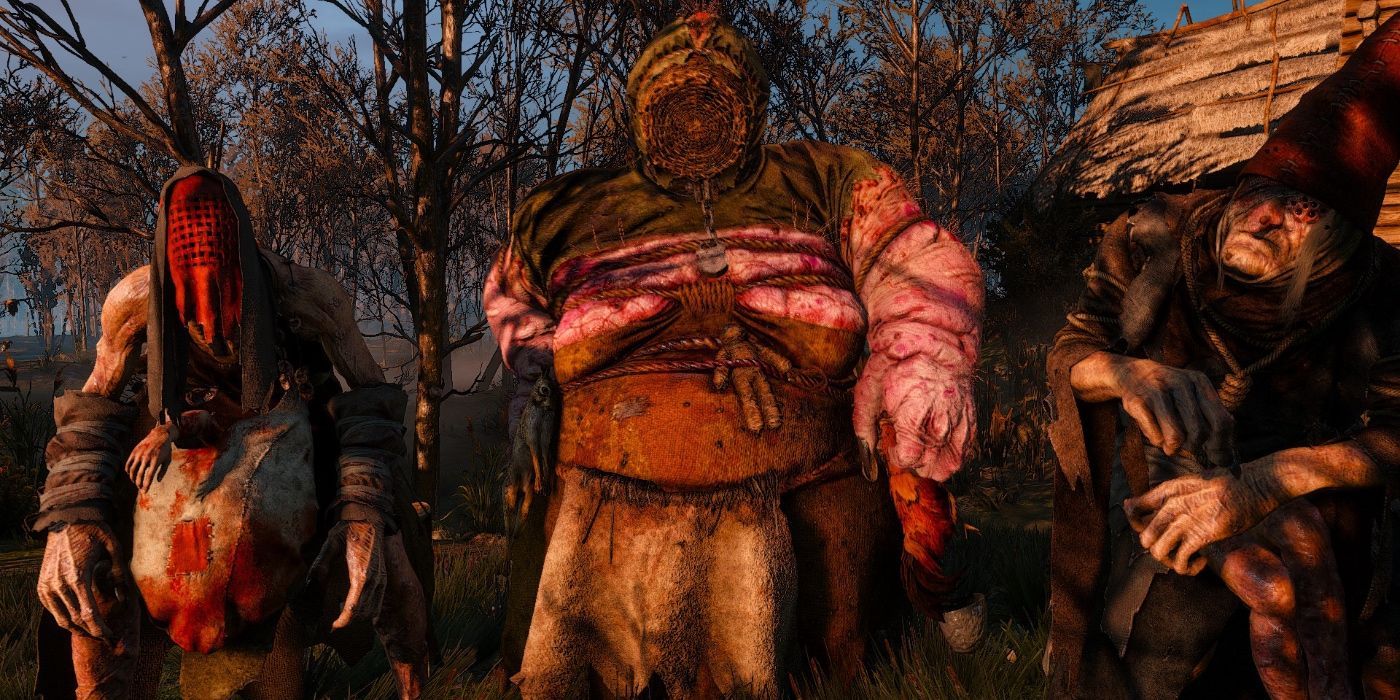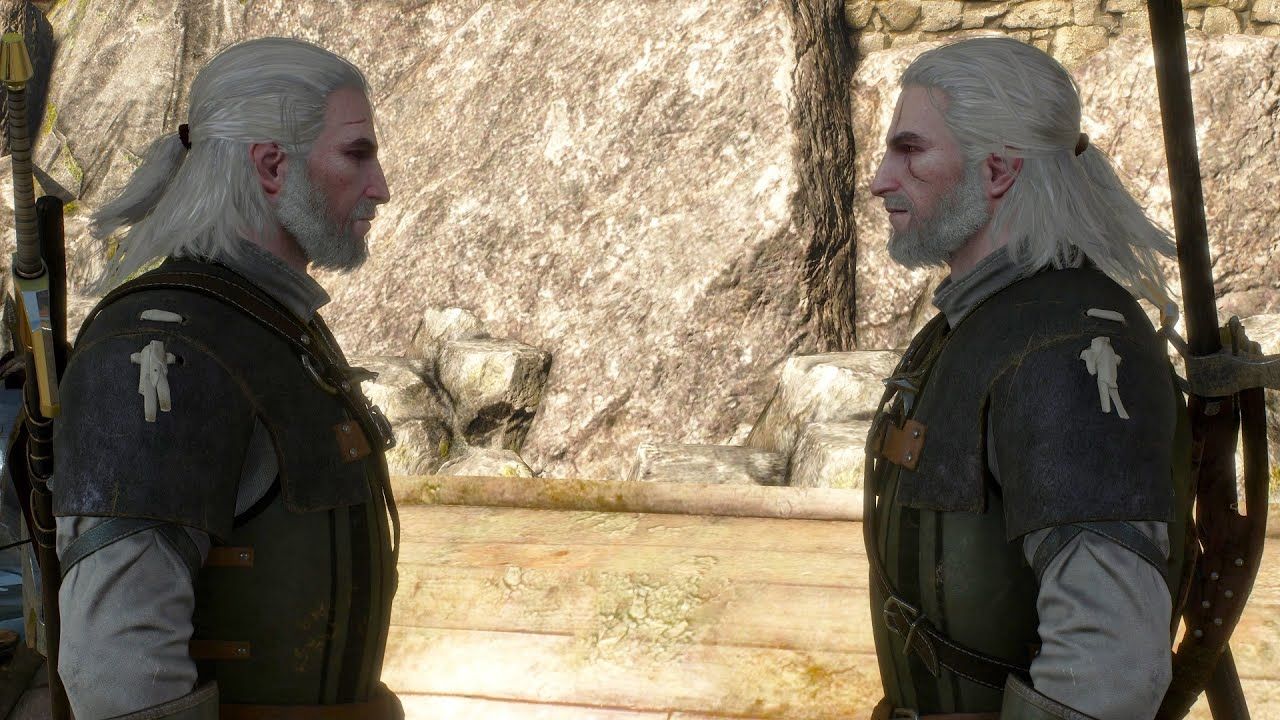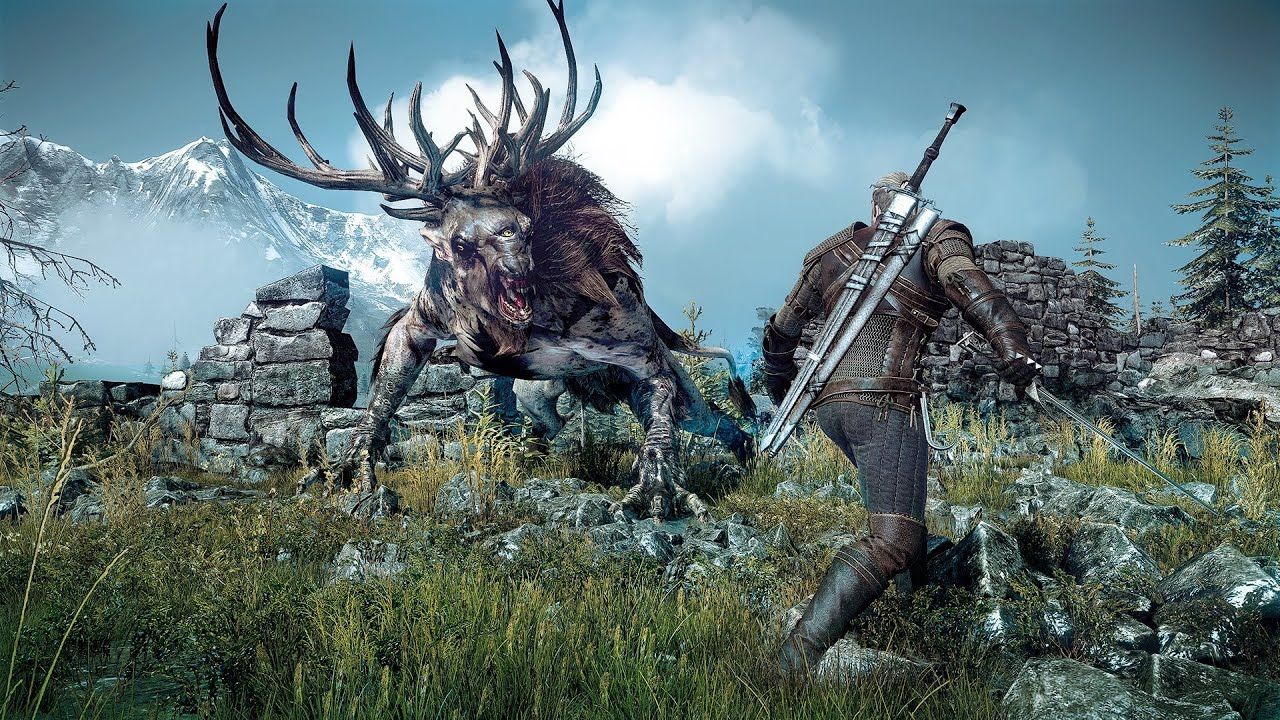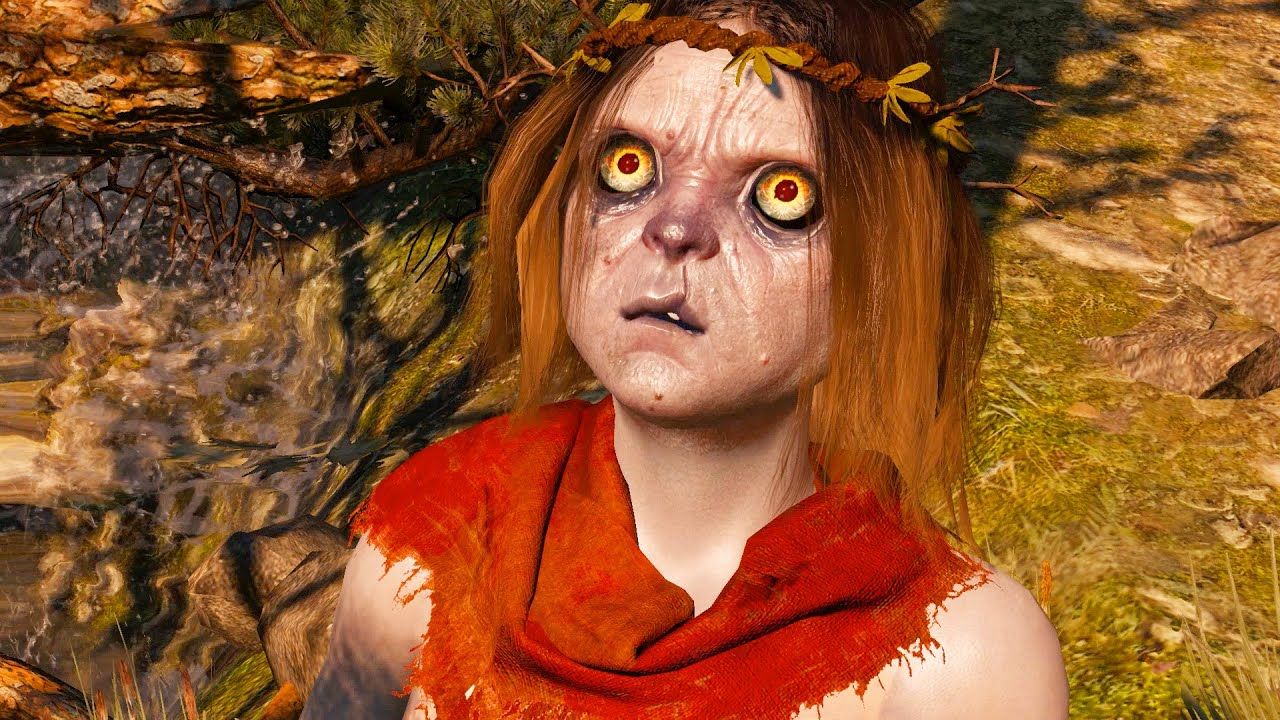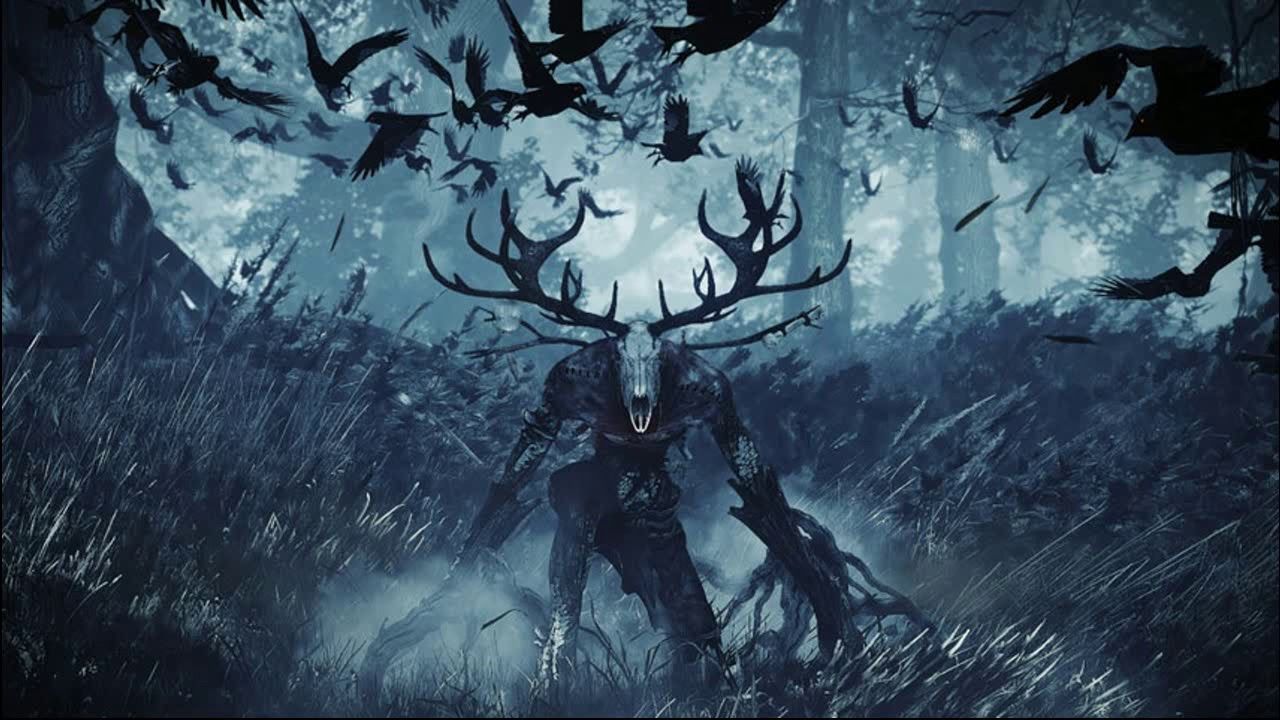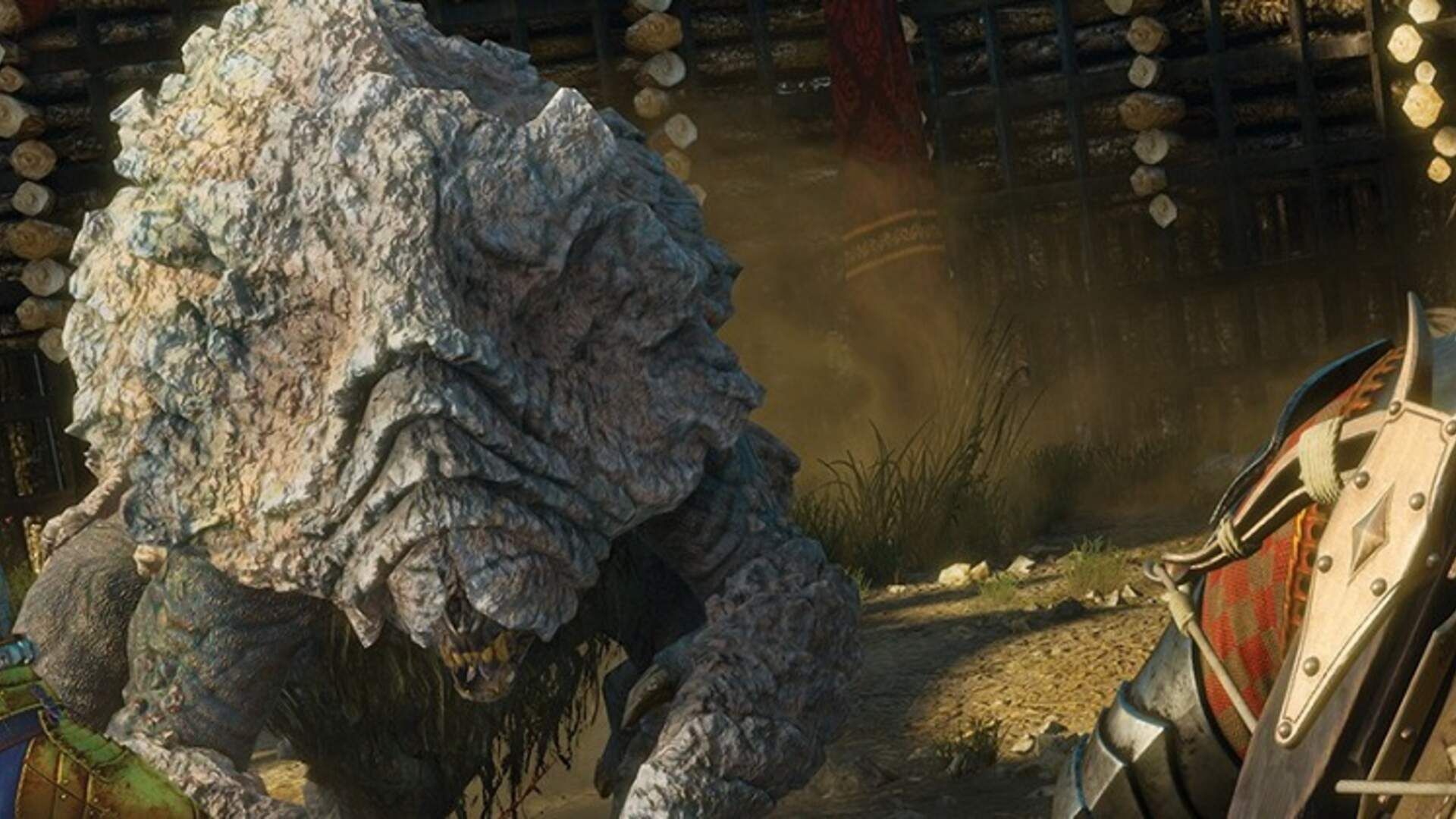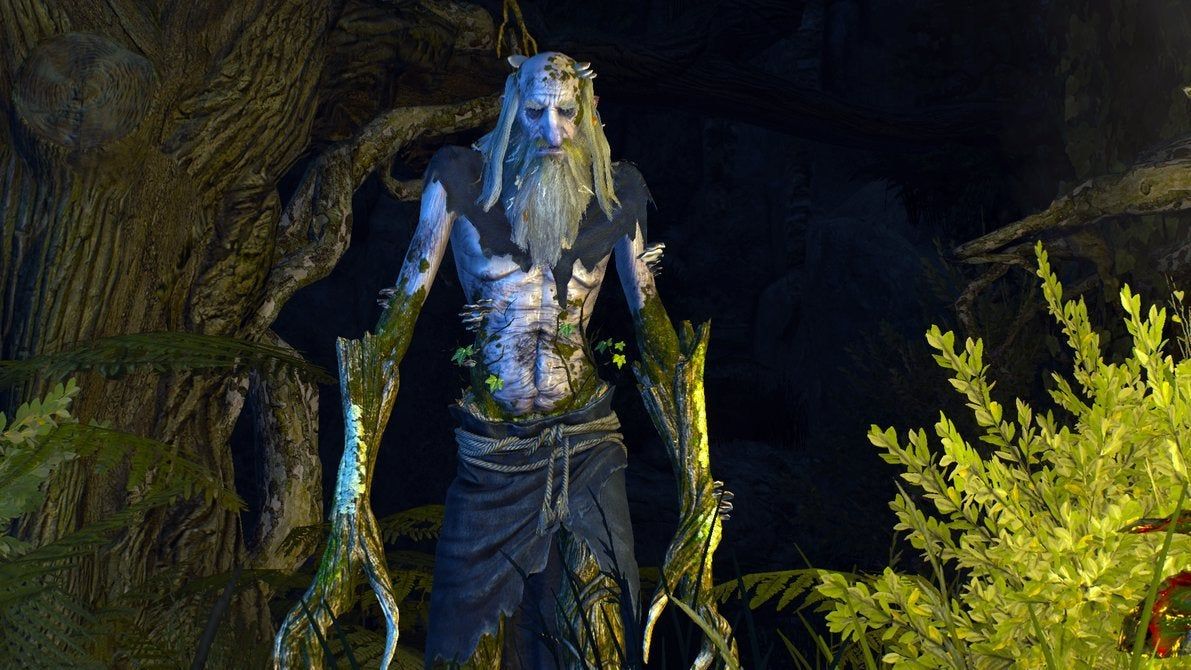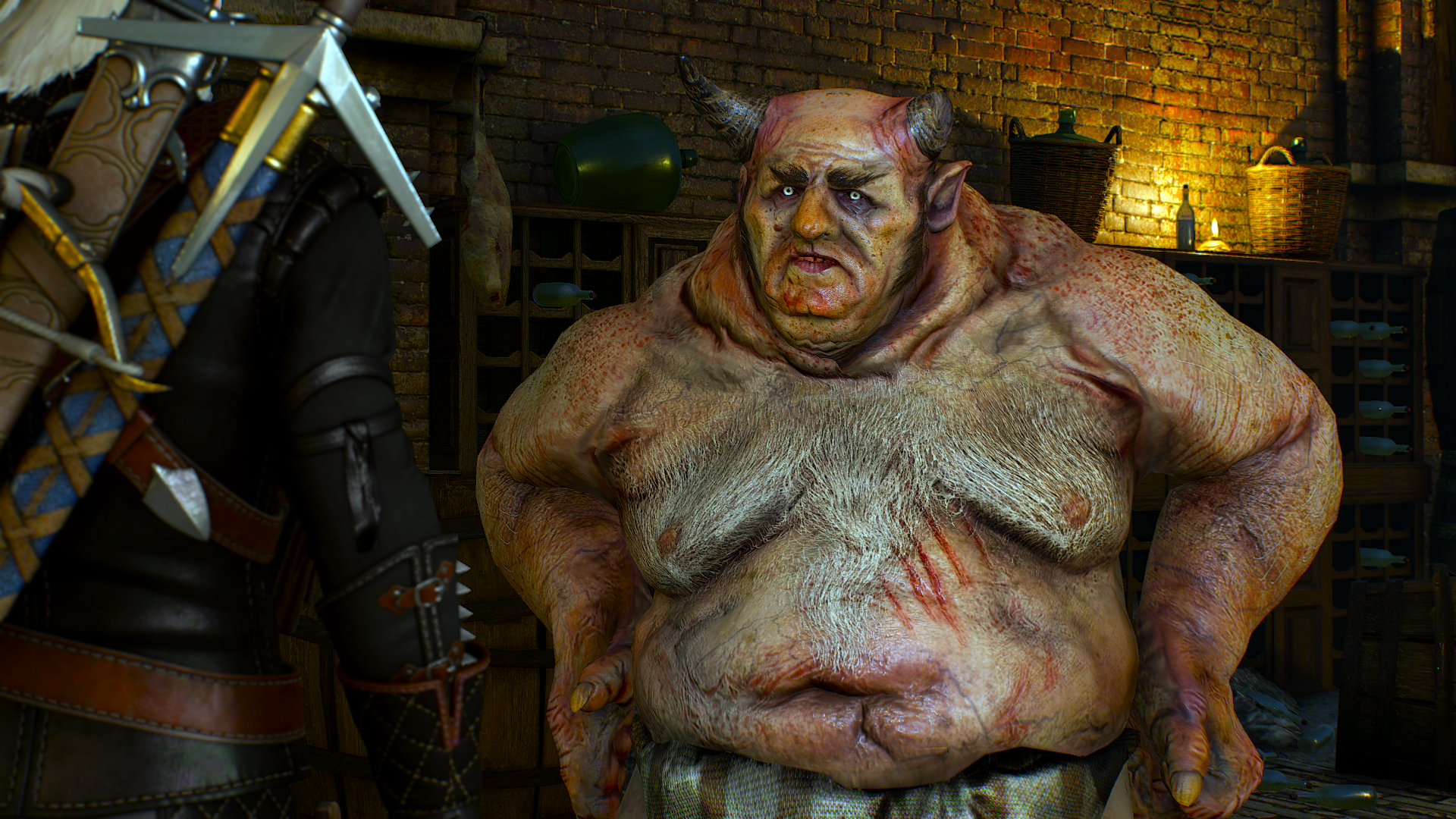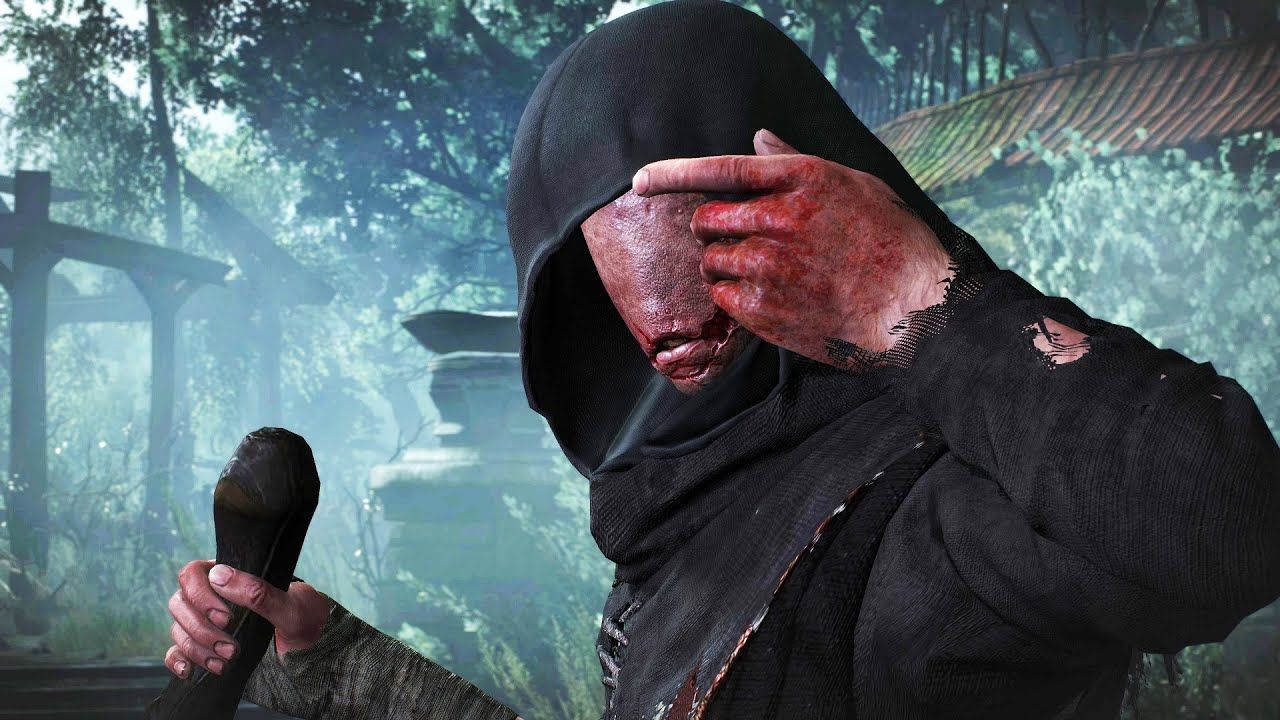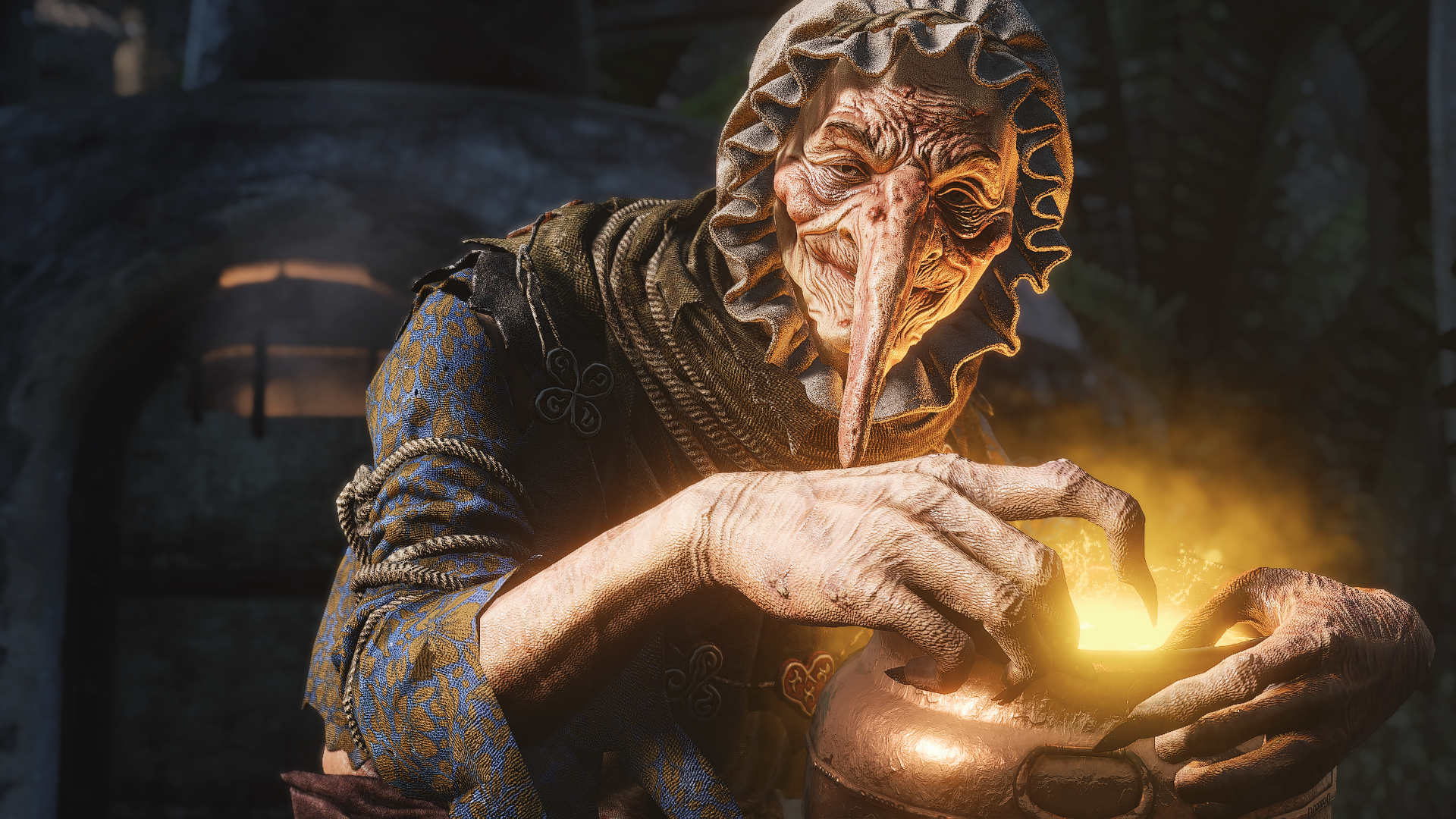Relicts are creatures in The Witcher 3: Wild Hunt that are named after their ancient origins; in fact, some of them are creatures that have inhabited the world for more than a hundred years. There are a lot of species that differ in forms and capabilities.
Unlike other magical creatures in The Witcher 3: Wild Hunt, Relicts are not vulnerable to silver, so an experienced Witcher knows that steel is the best choice when facing them. They are the toughest creatures a Witcher will have to face during his adventures on the Continent.
Chorts
Chorts are Relicts that inhabit the Kaer Morhen, Velen, and Skellige regions in The Witcher 3: Wild Hunt. They are similar to Fiends but are smaller, but this doesn't mean they are not dangerous; they are more than capable of killing.
People often mistake them for Sylvans, believing that they can communicate, stand on two legs, play pranks, but Chorts and Sylvans are two different species, and they should not be mistaken. Chorts cannot speak; they can communicate with other Chorts with moans, snorts, and grunts.
Chorts fight with little finesse, running straight towards their opponent and trying to knock him to the ground with the force of their charge. After downing their foe, they bite, kick and strike with their claw-tipped paws. Due to their size and four-legged posture, they are primarily unperturbed by the force of the sign Aard, and the regenerative powers of their body allow any wounds they receive to heal at a rapid pace.
Crones
The Crones are three witches who live in a cabin in the swamps of Velen. They act as the true sovereigns of Velen, whose inhabitants help survive through harsh times in return for unquestioning obedience. Geralt has to face these three witches during the "Ladies of the Woods" and the "Bald Mountain" quests, in which he has to fight against them. Geralt knows that his only chance is to use the sign Quen and Relict oil to succeed in this battle.
They wield powerful magic, but one different from that of mages. They draw power from water and earth and are bound to the land they live in. The Crones can hear everything that happens in their woods, predict the future, twist the threads of human lives, and bring blessings as well as curses.
Legends say that the Crones are three sisters named Brewess, Weavess, and Whispess, and the daughters of the original Lady of the Woods. Most of the time, they communicate through a magical tapestry and a medium, an older woman named Gran. The Crones seem to be immortal. Magic elixirs keep them from aging and allow them to take the appearance of young women. These elixirs and their mystical ties to the swamps in which they live also give them supernatural strength and vitality.
Dopplers
Dopplers are beings able to take on the form of any humanoid or animal they please who live in Novigrad and Skellige. This transformation is no mere illusion able to be shattered with a simple spell but an authentic and complete metamorphosis. This means no protective amulets or witcher medallions will signal a Doppler's presence. This, combined with their incredible intellect and cunning, would make Dopplers supreme assassins or thieves.
Geralt will come across some Dopplers in "An Elusive Thief" and "Skellige's Most Wanted" contracts. When a Doppler assumes the form of its attacker, it gains some of its skills. In the case of the Doppler hunted by Geralt, he gains the ability to use the active shield mode for Quen and can even use blasts of Igni.
Fiends
Fiends are walking mountains of muscle capped with horned, tooth-filled heads that live in thick forests, swamps, and bogs in the Velen and Skellige regions. When possible, they avoid humans, but when not possible, they kill them, and without much difficulty. They resemble deers in aspect, but their size corresponds more to a barn.
Their size alone makes Fiends dangerous: one blow from their powerful paws can kill a knight along with its armor. Their enormous heft makes them invulnerable to Aard; furthermore, any wounds they receive healing at lightning speed. Highly dangerous is the third eye located in the center of their forehead, which they use to draw their prey into a state of hypnosis.
Fiends' only weakness is their fear of loud noises; bombs such as Samum or Devil's Puffball are thus quite effective when fighting this monster. Furthermore, a blade covered in Relict oil can increase the damage a Witcher can afflict to them.
Godlings
Godlings are woodland creatures dwelling in caves and moss-covered hollow stumps on the outskirts of human settlements. They are similar to children in behavior and appearance and, like children, delight in mischief. Godlings are deeply rooted in their home territory and perform acts of care and guardianship to those dwelling near their caves. They watch over people and animals, but they try to do so while remaining unseen. Godlings are drawn to joy and innocence and so delight in the company of children and usually only show themselves to the young. Geralt will encounter two Godlings during his adventures: Johnny in Velen and Sarah in Novigrad.
These hard-working and clever creatures gladly perform small services for those in their care, asking only for respect and payment in the form of food or cast-off tools in return. However, they are easily offended by churlish, ungrateful, or simply rude behavior. When the village a Godling watches over becomes too crowded, or its inhabitants forget the old ways, it will abandon its burrow for good and walk off to destinations unknown.
Leshens
Leshens in The Witcher 3: Wild Hunt are ancient and powerful forest spirits. Possessing a deer skull as a head and tree-like limbs, a Leshen can call for aid from crows or a pack of wolves. There are some variations, such as ancient Leshen, Kernun, and Woodland Spirit.
Leshens dwell in dense, primeval woods. Fiercely territorial creatures, they hunt with stealth and cunning as their only companions. They use their inborn magic to control the plants and animals within their territory, and so, when stalking them, half the battle is merely getting near enough to strike. In addition, Leshens are old enough to earn the appellation "ancient" wields advanced skills and tactics that make them particularly dangerous.
Shaelmaars
Shaelmaars are Relicts that spend most of their time in caves that appear in the Blood and Wine expansion. They can sometimes be used to entertain people in arenas fighting against gladiators in Nilfgaard or knights in Toussaint. Shaelmaars are completely blind creatures, and to move and find their prey, they use a mechanism similar to the one used by bats.
Shaelmaars might seem easy targets, but when threatened, they curl up in a ball and roll with tremendous impetus, becoming an unstoppable force destroying anything on their path. However, they are vulnerable to Samum bombs, Relict oil, and the sign Aard.
Spriggans
Spriggans are humanoid, forest-dwelling creatures that appear in the Toussaint region in the Blood and Wine expansion. Spriggans are a subspecies of monsters known as Leshens. One is liable to come across them in inaccessible, unfrequented woodlands.
They do not usually attack humans if unprovoked, but when irritated, they can be pretty fearsome, and, as they possess considerable strength, they are capable of doing significant damage. Their appetite is such that they can devour more flesh than an army at a wedding. Each Spriggan has mastery over plants and is inextricably tied to them. Thus, if someone destroys greenery in its domain, it immediately punishes the disturbed. Like Leshens, they are vulnerable to the sign Igni, as well as Dimeritium bombs and Relict oil.
Sylvans
Sylvans are rare, intelligent creatures native to the woodlands of Northern Kingdoms. They are distinguished by prominent goat-like visages, and their lower body features a tasseled tail and hairy legs with cloven hooves. Though miles away apart in behavior, Sylvans are related to the Aen Seidhe, with whom they share the blood of the Elder Race. These beings usually pose little danger, for they limit their contact with humans to playing harmless tricks and eating crops from their fields. However, they are susceptible to Samum and Devil's Puffball bombs, Relict oil, and the sign Igni.
The Caretaker
The Caretaker is one the creepiest monsters in The Witcher 3: Wild Hunt that only appears in the Heart of Stones expansion. The Caretaker served with the indifference of a Golem and proved as fierce in battle as it was diligent in its labors.
It felt no pain; in fact, each blow it received seemed to give it strength, as did each blow it landed on Geralt with the spade it wielded as a weapon. What is more, the Caretaker was able to summon powerful spirits from the graves it had dug and could heal itself by absorbing them. However, its attacks are slow and predictable, and it is vulnerable to Relict oil and the sign Quen.
Wicked Witch
The Wicked Witch inhabits the Land of a Thousand Fables, a fictional world created by Artorius Vigo for his daughters, in the Blood and Wine expansion. Geralt will face this creature during the "Beyond and Dale..." quest. Though evil witches are often considered creatures born of the overactive imaginations of fabulists and mythologists, cartoonish characters only a child would ever be frightened of, there are accounts of men who claim to have happened across one of these improbable beings.
The Wicked Witch has a broom that allows her to fly and attack Geralt from above while protecting her with a shield. She cannot be harmed while she is inside this shield: sings, bombs and bolts are useless. So the best strategy is to hit her while she is not in her shield with a silver sword coated in Relict oil.
The Witcher 3: Wild Hunt is available now on PC, PS4, Switch, and Xbox One.

